7 Proven Ways To Improve Your Live Chat Customer Experience
Live chat transforms customer experience by providing instant support, personalized assistance, and proactive engagement, driving satisfaction as well as loyalty.
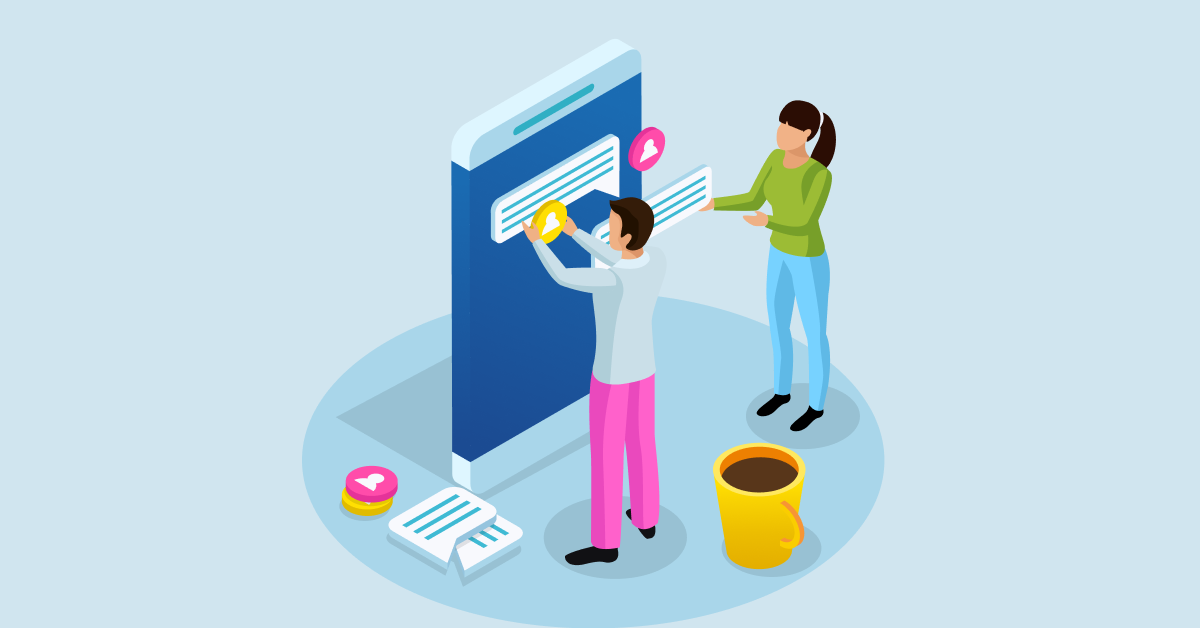
Customers, these days, remember how you made them feel while they bought your product.
This ‘feel good’ emotion is the one that sets your brand apart from the rest of the crowd.
The rise of e-commerce and remote work compels businesses to adapt to meet customer needs as well as expectations online. Live chat customer experience has emerged as a popular tool for delivering immediate and personalized customer support.
We will explore the benefits of live chat and how it can significantly impact your customer experience efforts.
Live chat is a real-time communication system that enables customers to interact with businesses through chat windows on their websites or mobile applications.
The live chat support channel is all about connecting customer service representatives instantly while eliminating time-consuming channels like phone calls, emails, etc.
The instant and convenient support system has greatly revolutionized the customer experience landscape, providing numerous benefits for businesses as well as their customers alike.
Infact, 38% of CX industry experts currently use a live chat tool for instant support while 26% are planning to use it immediately.
Here are its key objectives:
If you’re thinking voice calls are the only way to do business, then you need to align yourself with the latest trends. One of the major reasons businesses get calls is only for escalations. Moreover, customers also prefer live chat conversation so they can shop and work simultaneously.
So, what else can a live chat solution offer to your business? Let’s delve into the reasons:
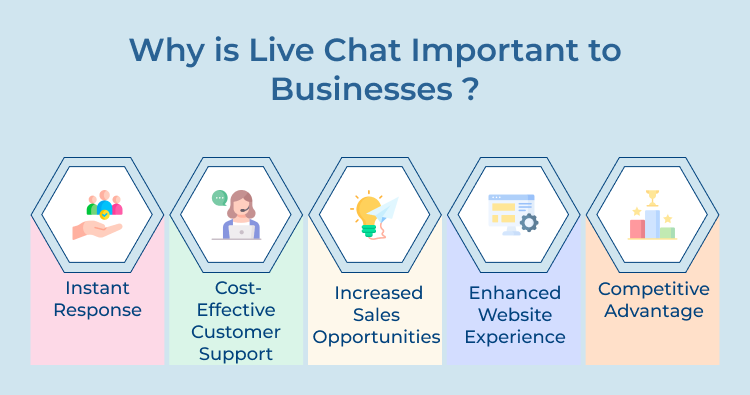
Creating an effective live chat CX requires careful planning, training and continuous improvement. Implement the steps mentioned below and prioritize customers first to be able to climb the top of the business ladder.
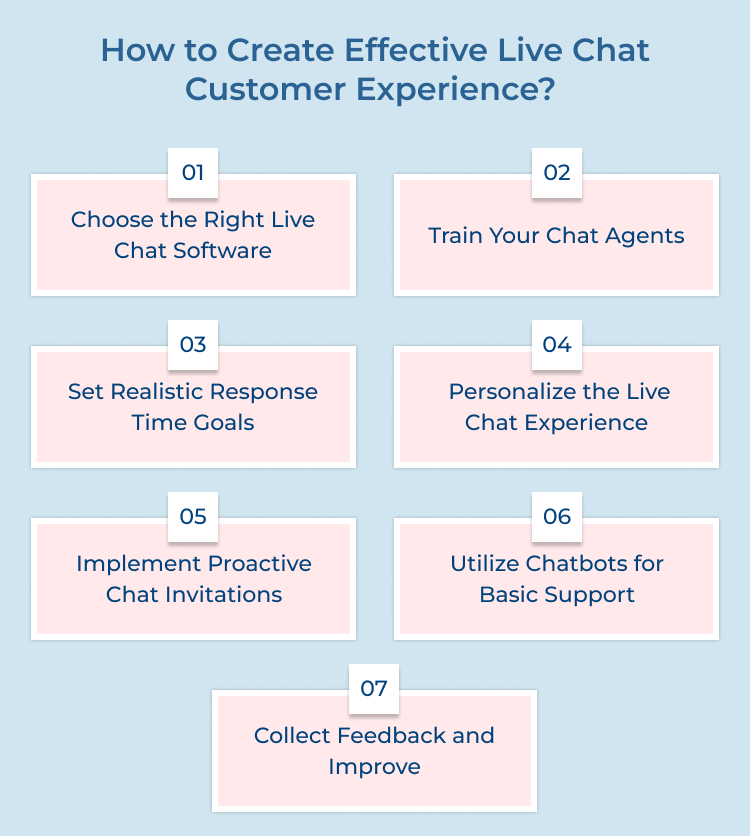
The first step in creating an effective live chat customer experience is to choose the right live chat software. There are many options available in the market, so it’s important to consider features such as chat customization, real-time monitoring and reporting capabilities. Look for the ones that are user-friendly, integrate well with your website and offer mobile compatibility.
Consider these tips:
Live chat interactions require specific skills and knowledge. Provide comprehensive training to your chat agents to equip them with the necessary expertise. Focus on communication skills, problem-solving abilities and product knowledge. Educate them on the importance of empathy and understanding customer needs.
Consider these tips:
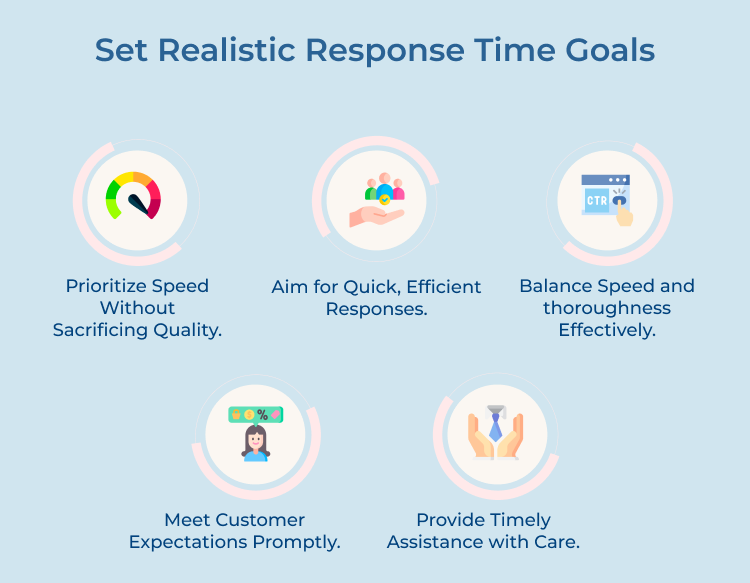
One of the primary reasons customers use live chat is not having any wait times as well as convenience. Hence, it becomes extremely important to set realistic response-time goals for your agents. Aim to respond to customer inquiries within a certain timeframe, such as 30 seconds or a minute. Implementing response time goals helps build trust and shows customers that their concerns are a priority.
Consider these tips:
Customers who chat through live chat are 3 times more likely to make a purchase. That is because of the hyper-personalization that live chat software offers. Customize your live chat window to match your brand’s colors and design. Use the customer’s name whenever possible and tailor responses to their inquiries. Personalization creates a sense of connection and makes customers feel valued.
Consider these tips:
Proactive chat invitations allow you to initiate conversations with customers instead of waiting for them to reach out. Monitor customer behavior on your website and identify key moments where intervention may be beneficial. For example, if a customer spends a significant amount of time on a checkout page, you can offer assistance to overcome any obstacles they may be facing.
Consider these tips:
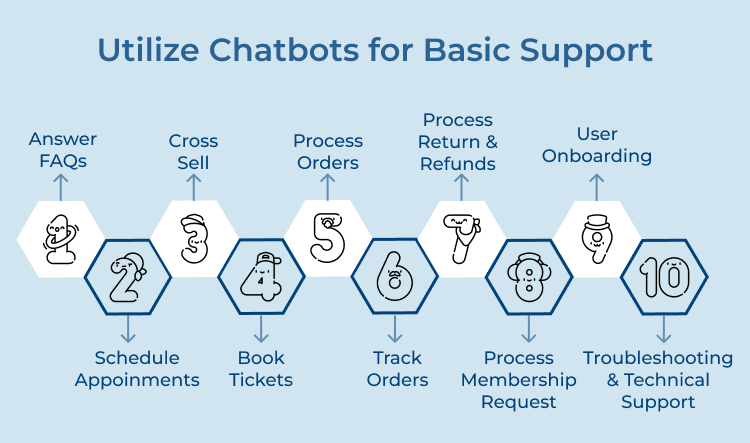
Improve your customer experience by providing immediate responses to FAQs by implementing chatbots. These AI-powered tools can handle simple queries, freeing up your live chat agents to focus on more complex issues. Strike a balance and ensure that the option to escalate to a human agent is readily available.
Consider these tips:
After each live chat interaction, collect feedback from customers regarding their experience. The feedback can be obtained through post-chat surveys or follow-up emails. Analyze the feedback and identify areas for improvement. Always refine your live chat strategy based on customer feedback to provide an exceptional customer experience.
Consider these tips:
Although, I agree that live chat is always good for a business of any kind, I must also admit that you cannot reap benefits without following best practices. You need to follow discipline to a certain degree to be able to drive business success. Let’s learn what those are from the list below.
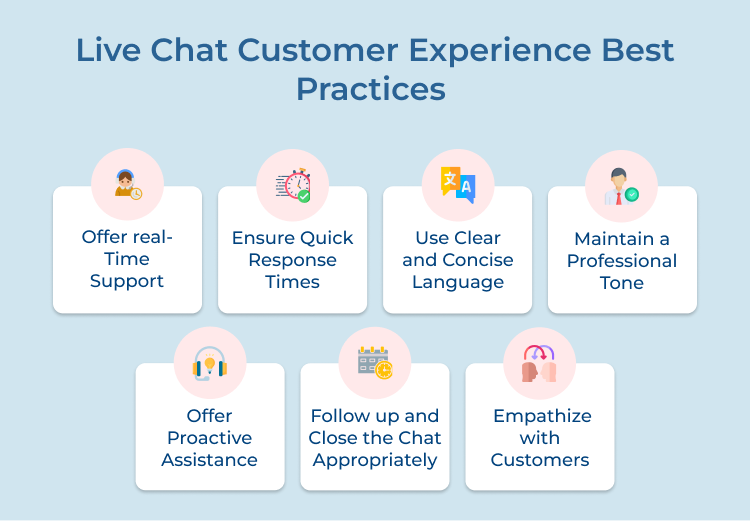
In my opinion, focusing on live chat as part of your customer support strategy can significantly enhance the overall customer experience. With its ability to provide immediate responses, personalized assistance and efficient multitasking, live chat offers businesses a cost-effective solution that drives customer satisfaction as well as loyalty.
Utilizing live chat effectively helps businesses not only address customer inquiries promptly but also reap the benefits of increased sales and valuable customer feedback. If you want to take your customer experience to the next level, consider incorporating live chat into your customer service efforts.
How can live chat benefit customer satisfaction?
Live chat is a convenient and efficient way for customers to seek support or clarification regarding a product or service. Unlike traditional customer service methods like phone calls or emails, live chat offers instant responses, eliminating the need for customers to wait or be put on hold. The level of responsiveness can significantly improve customer satisfaction as it demonstrates that the company values their time and concerns.
How does live chat contribute to improved customer engagement?
Live chat enables businesses to engage with customers in a more personal and interactive manner. It allows for real-time conversations where customers can ask questions, provide feedback, or seek recommendations. The direct communication fosters a sense of engagement, making customers feel heard and valued. The ability to provide instant assistance through live chat can lead to higher engagement rates as customers are more likely to interact with a company that offers prompt and helpful responses.
Why is real-time communication important for enhancing customer experience?
Real-time communication is vital in enhancing customer experience because it provides immediate assistance and resolves issues promptly. Customers expect quick solutions as well as instant gratification. Live chat allows businesses to meet these expectations by offering real-time support. Whether it’s answering product-related questions or addressing concerns, the ability to communicate in real-time ensures that customers receive timely assistance while minimizing frustration and inconvenience.